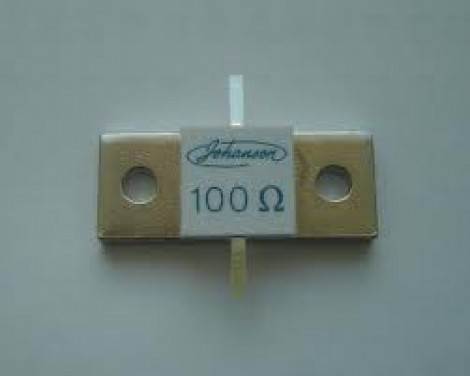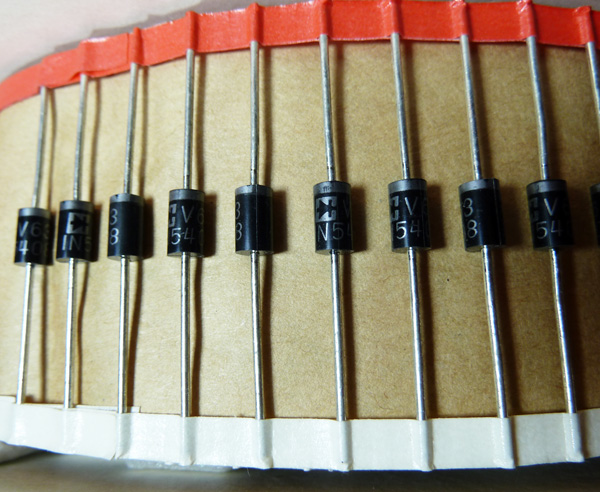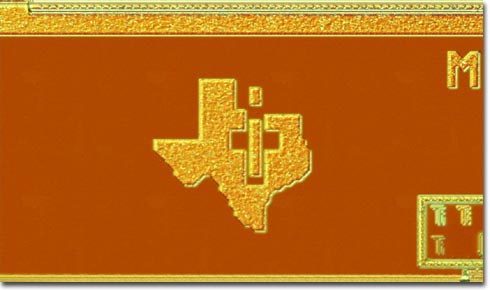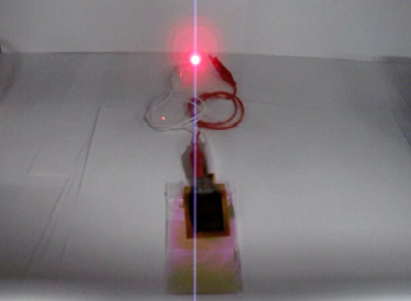
In the world of electronics we have impedance; the combination of all forces which oppose the flow of electric current. Often times we have circuits with different impedances, 50 ohms for RF, or 75 for cable TV. It’s pretty important to use the right coax in these circuits, else you’ll be wondering why your RG-58 antenna feed line doesn’t give you anything good to watch.
It’s pretty important to match impedances when connecting different circuits. Apart from the obvious flaws such as a 50 ohm load blowing up a 300 ohm amplifier, there are subtler things such as signal reflection and destructive interference which might just be enough to break whatever it is your playing with. RF mosfets are not cheap! But how could we match impedances? Well we could always use a transformer, but those are rather expensive and bulky. What if we only have a box of resistors to play with? Continue reading “The Pi Pad”


![rodenhuis2[1]](http://hackaday.com/wp-content/uploads/2012/05/rodenhuis21.jpg)
![ld421650-powerex-new[1]](http://hackaday.com/wp-content/uploads/2012/05/ld421650-powerex-new1.jpg)
![amazingbox2[1]](http://hackaday.com/wp-content/uploads/2012/04/amazingbox21.jpg)












